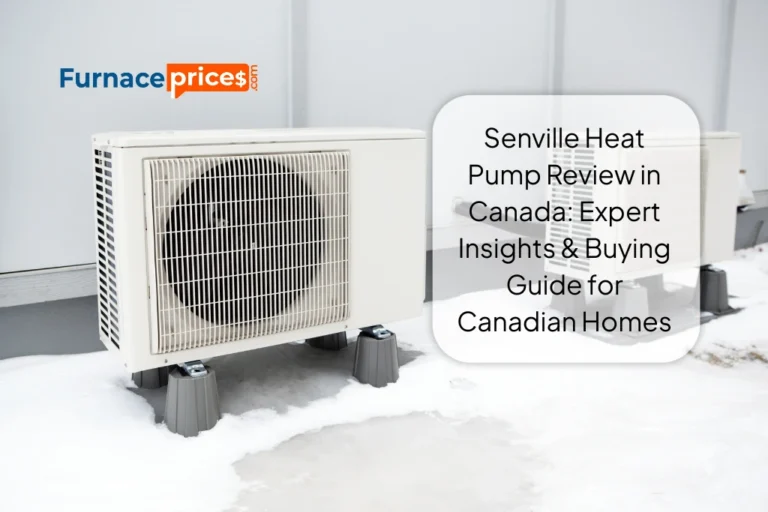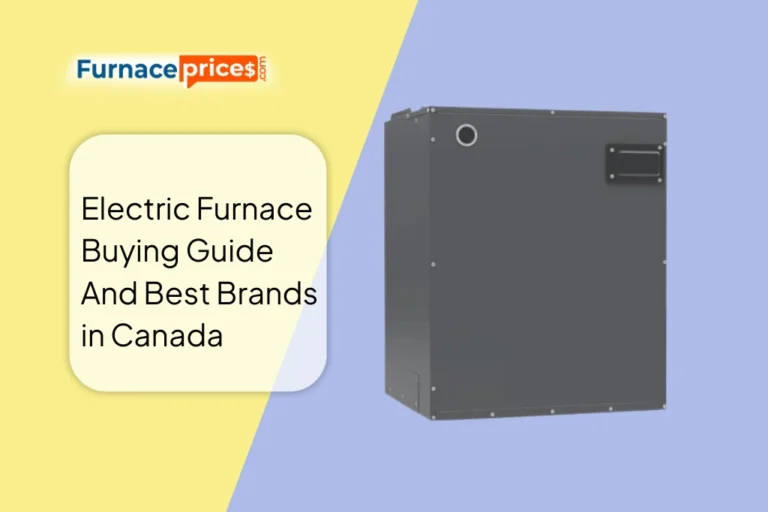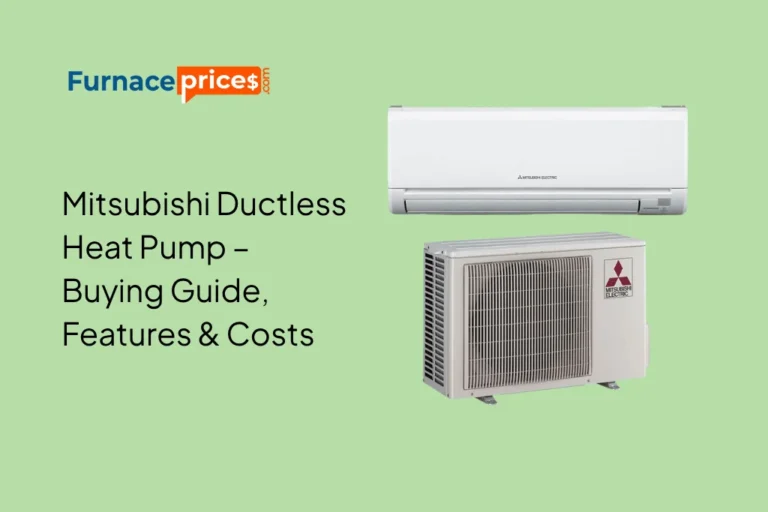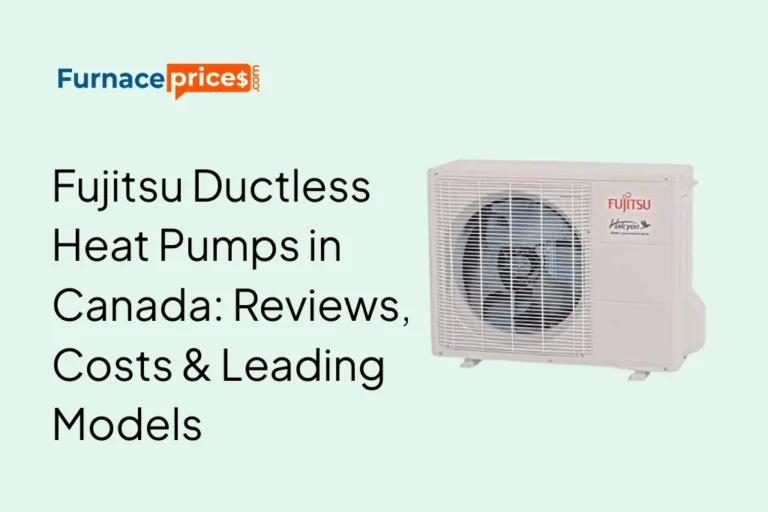-
Emergency/Next-Day Furnace Installation Available!
Furnace Filter Tips: Find the Best Filter for Your HVAC System
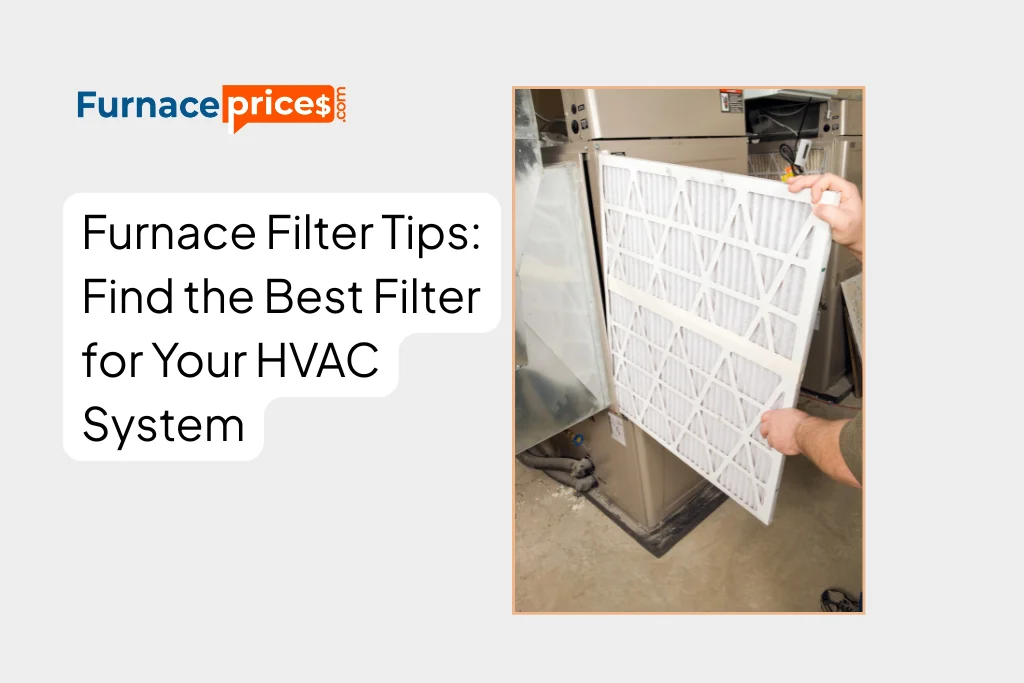
Many homeowners spend considerable time selecting a high-efficiency furnace or heating system, yet often neglect the importance of choosing the correct filter. After all, once the furnace is installed, it’s tempting to “set and forget” it. However, maintenance is just as crucial as the initial purchase: proper upkeep prolongs your system’s life, preserves efficiency, and contributes to healthier indoor air.
One of the most essential maintenance tasks is ensuring you have the right furnace filter in place—and replacing or cleaning it regularly. This guide will walk you through everything: filter types, selecting the right filter for your home, how to replace or clean, and recommended replacement intervals.
Why Furnace Filter Matter in HVAC Systems
It might sound obvious, but furnace filters play a vital role in your HVAC system by filtering the air that circulates through your home. A furnace filter doesn’t just matter in winter — it also matters in summer, because your air conditioner relies on the same blower, ductwork, and filtration path. In short: a furnace filter influences indoor air quality, system longevity, and operational efficiency all year round.
There are several reasons to prioritize a clean and properly functioning filter:
- It removes airborne pollutants before they recirculate in your home.
- It helps prevent dust and grime from building up inside HVAC components.
- It ensures better system performance and lower likelihood of breakdowns.
- It influences how effectively your system maintains temperature and airflow.
Because the filter traps contaminants, allowing it to clog can cause reduced airflow, strain on your system, and increased wear and tear.
Indoor Air Quality — The Filter’s Role
Your home’s indoor air can contain a mix of particles: dust, pollen, pet dander, mould spores, viruses, smoke, and volatile organic compounds (VOCs), among others. A quality furnace filter catches many of these before they circulate.
Here are common contaminants a good filter helps with:
- Dust and dust mites
- Mold and fungal spores
- Bacteria and viruses
- Pet hair and dander
- Smoke particles and ash
- Volatile organic compounds (VOCs)
- Pollen, herbicides, pesticides
By trapping these elements, a filter helps reduce allergen exposure, minimise odours, and contribute to healthier, cleaner air indoors.
Efficiency And System Longevity
Filters do more than just clean air — they protect your HVAC system itself. When dust and debris pass through an unfiltered or clogged system, they can settle on internal parts like coils, motors, and blower blades. Over time, the accumulation of debris forces the system to work harder, increasing wear, energy bills, and risk of component failure.
Conversely, when the filter is clean and effective:
- The system maintains optimal airflow
- Components stay cleaner for longer
- The furnace and air conditioner run more efficiently
- Maintenance needs and breakdown risks are reduced
- The system’s useful lifespan is extended
In short: a right-sized, correctly rated filter can save you service costs and energy over time.
Always Check the Furnace Manual First
Given the variety of filter sizes, types, and thicknesses, your best starting point is the furnace’s owner’s manual. The manual tells you which dimensions and types are compatible, how often to change, and sometimes the preferred placement or direction of airflow.
Many filtration errors stem from using incorrect size or orientation. Following the manufacturer’s specification helps avoid airflow problems, inefficiencies, or damage.
What to Do if You Don’t Have the Manual
If the manual is lost, don’t worry — you can still figure out the right filter. First, check for a label or information engraved or printed on the filter itself. Most filters include their dimensions on the frame.
If no sizing is indicated, measure the filter directly (length × width × thickness). Use those numbers when shopping for a replacement. Some homeowners also contact the furnace manufacturer or search online using the model number for specification details.
Filter Materials, Designs And Varieties
Understanding filter materials and styles helps you choose the right one for your situation. Below is a breakdown of common options:
Materials
Furnace filters are made from various materials—paper, cotton, polyester, and more. In Canada, the most commonly used are flat filters made of spun fiberglass, typically 1 inch thick. The construction material influences filtration capabilities and cost.
Styles
- Flat (Fiberglass) Filters
These are the simplest and least expensive option. Usually one to two inches thick, they offer basic filtration for larger particles like dust and lint. However, their performance against smaller particles is limited. - Pleated Filters
Made of cotton or polyester, pleated filters increase surface area through folds. They tend to filter smaller particles more effectively. They cost more than flat filters but offer better overall performance, making them a worthwhile upgrade for most homes. - Electrostatic Filters
These filters are electrically charged so that particles are attracted and stick to the filter surface. Many electrostatic models are washable and reusable. They’re less effective for the smallest particles compared to high-rated pleated filters, but ideal for families with dust or pet challenges. - Whole‑Home Air Filtration Add-ons
These include UV systems, extended-media filters, and electronic air cleaners. They often require professional installation and cost more, but offer enhanced performance and don’t need frequent changing. These are useful where air quality needs are high (e.g., allergies, pollutant zones).
Each style has trade-offs in price, maintenance, and filtration capacity, so choose based on your home’s needs and occupant sensitivities.
Filter Sizes And Thicknesses
Filter sizing matters as much as filter type. Some common sizes include 16 × 20 inches, 16 × 25 inches, and 20 × 25 inches, but filters can range from 10 to 25 inches wide and 12 to 36 inches long. Thicknesses vary too, from 1 inch up to 6 inches.
Thicker filters generally last longer and provide more filtration area, reducing the frequency of changes. However, they might not fit every HVAC system. Always ensure the filter fits perfectly with no gaps or resistance to airflow.
Disposable vs. Washable Filters
Most furnace filters are disposable—once they’re clogged, you discard and replace them. They’re simple and effective for many homes.
But there are reusable options too: washable filters. These can be removed, cleaned (vacuumed or washed), dried, and reinstalled. While convenient, washable models typically perform less effectively at capturing fine particles than high‑grade disposable filters. They’re better suited to general dust control rather than high-demand filtration.
Understanding Filter Effectiveness: MERV Ratings
To objectively compare filters, you’ll often see a rating called MERV (Minimum Efficiency Reporting Value). This scale ranges from 1 up to 20 and reflects how effectively a filter captures particles from 0.3 to 10 microns in size.
- MERV 6 filters handle dust, lint, and pollen
- MERV 6–8 capture dust mites, lint, mold spores, and pollen
- MERV 6–11 add dander, smog, respiratory droplets
- MERV 6–13 can also trap some bacteria and finer particles
- MERV 16+ filters are typically reserved for highly controlled settings (e.g., medical labs)
A higher MERV rating is better at filtration but may restrict airflow if your system isn’t designed for it. Always check whether a higher MERV is acceptable for your furnace before upgrading.
When to Use a Higher‑MERV Filter
While a basic filter might be fine for many households, there are situations where a higher‑MERV filter is worthwhile:
- A family member has asthma, allergies, or respiratory sensitivities
- You have pets and deal with pet hair or dander
- Someone smokes indoors
- You use a wood-burning fireplace or stove
- Your home is new and has residual construction dust
- The house is located in a dusty or polluted environment
- You’ve experienced rodent or insect intrusion
- Your home accumulates dust frequently or is near unpaved roads
In these cases, the benefits of improved filtration often outweigh potential drawbacks—just ensure your system can handle the extra airflow resistance.
How Often Should You Replace or Clean the Filter?
The replacement or cleaning interval depends on the filter type, thickness, and the level of contamination. Here’s a general guideline:
- Standard flat filters: replace every 1–3 months during active seasons
- Pleated filters: replace every 3–6 months
- Electrostatic (washable): wash monthly if needed, but replace if damaged
- Thicker filters (3–6 inches): may last 9–12 months depending on usage
If your home has heavy usage—due to pets, allergies, dust, or a fireplace—you may want to change the filter closer to the shorter end of those ranges.
Warning Signs That It’s Time to Inspect or Change the Filter
Even if you’re on a schedule, it’s smart to check your filter periodically. Here are signs that inspection or replacement is overdue:
- The filter surface is visibly coated with dust or debris
- Airflow from vents feels weaker than usual
- Increased accumulation of dust in rooms
- Noticeable odours inside the home
- Higher-than-normal energy bills
- The furnace or AC cycles more frequently
Catching these signs early helps prevent damage to your HVAC system and keeps air quality better.
Step‑by‑Step: How to Replace a Furnace Filter
Before doing any maintenance, take a moment to read manufacturer instructions for your specific furnace. But here’s a generalized process:
- Purchase a correct replacement filter (size, type, MERV rating)
- Shut off the furnace or HVAC power
- Open the filter access panel (may require a screwdriver)
- Remove the old filter carefully (avoid dislodging debris)
- Insert the new filter with correct airflow direction—most have arrows printed
- Close and secure the access panel
- Restore power to the system
For washable filters: remove carefully, vacuum off loose particles, rinse with water, let dry completely (to avoid mould), then reinstall.
Avoiding Brand Mentions — How to Choose Filter Suppliers
While many manufacturers offer filters, it’s best to remain brand-agnostic in your selection. Here are tips to choosing quality without direct brand promotion:
- Purchase filters from reputable HVAC or home‑improvement outlets
- Compare specifications (size, MERV, warranty) rather than brand names
- Ask suppliers about testing standards or certifications
- If a brand seems overly hyped or pushes unrealistic claims, be cautious
Your focus should always be on performance, compatibility, and reliability—rather than marketing.
Frequently Asked Questions (FAQs)
A: Most disposable filters don’t include warranties, as they’re intended for regular replacement. However, reusable filters or more specialized filtration systems may offer limited warranties—always check the packaging or supplier info.
A: HEPA filters offer extremely fine filtration, but their density greatly restricts airflow. Most residential furnaces aren’t built to handle that. Installing a HEPA can overwork your system, so it’s typically unsuitable in most homes.
A: MERV rates filters on their ability to trap particles between 0.3 to 10 microns. MPR (Microparticle Performance Rating) is a scale more narrowly focused on particles from 0.3 to 1 micron. MPR is often used by a specific brand, but MERV is more universally accepted.
Final Thoughts – Recommendations
Choosing and maintaining the right furnace filter is one of the simplest yet most impactful steps you can take toward better indoor air and efficient HVAC operation. A filter that’s properly sized, compatible, and replaced on schedule helps your system run smoothly, saves you service costs, and improves comfort.
If you’re unsure what filter your system needs or how to upgrade safely (for example, going to higher MERV), it’s wise to consult a licensed HVAC technician. And if you ever want side-by-side comparisons, expert-backed guides, or help locating qualified local technicians, you can turn to FurnacePrices.com for guidance rooted in decades of professional experience.
Have questions about selecting filters, HVAC systems, or home air quality? Our guides, tools, and contractor directory are designed for homeowners like you. Visit FurnacePrices.com to learn more or request a free quote today.
For more information on energy efficiency standards and incentives in Canada, visit Natural Resources Canada.
📞 Have questions? Contact us or email us at contact@furnaceprices.com.
✅ Start comparing today and make the right choice with confidence!


